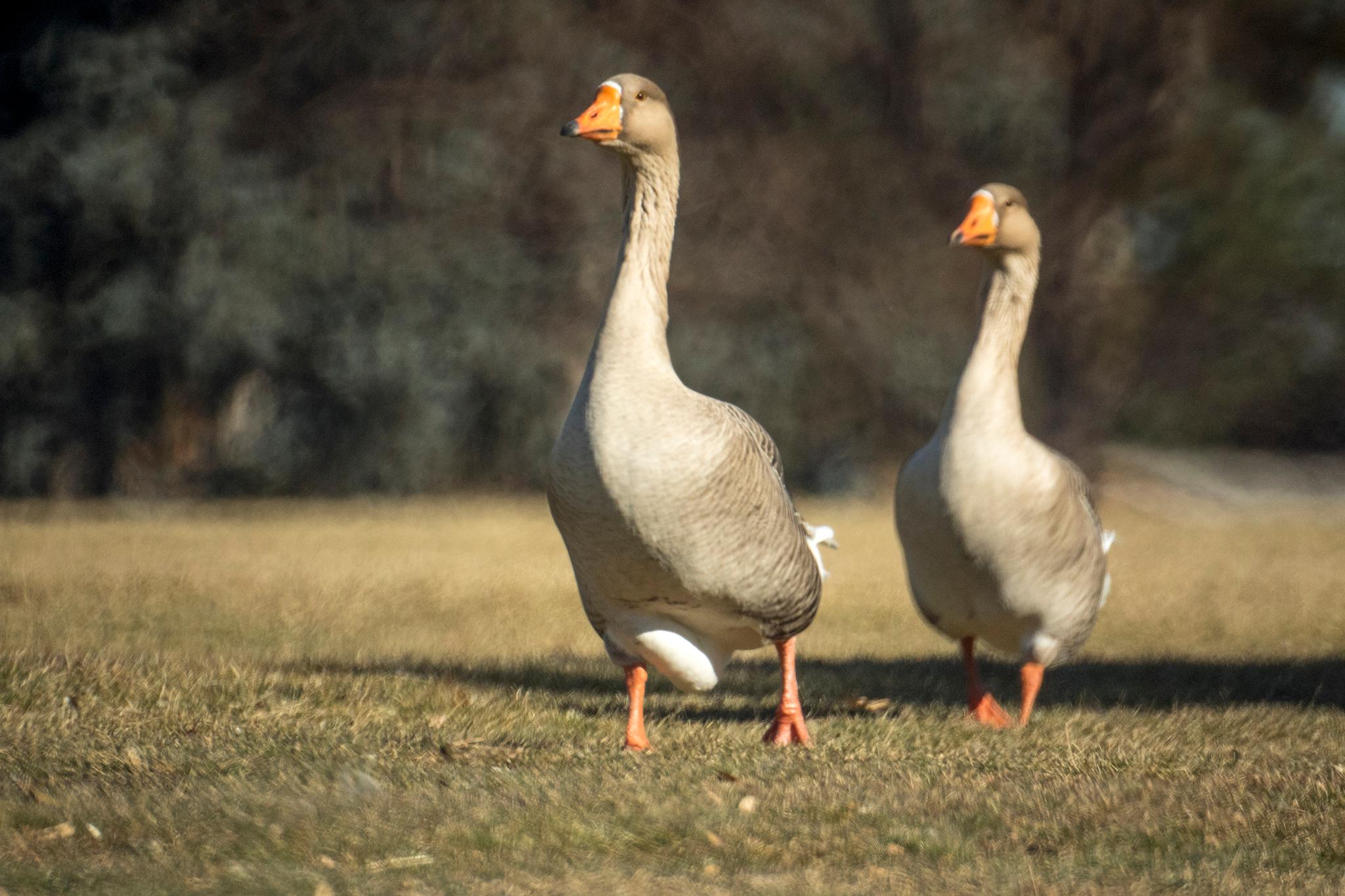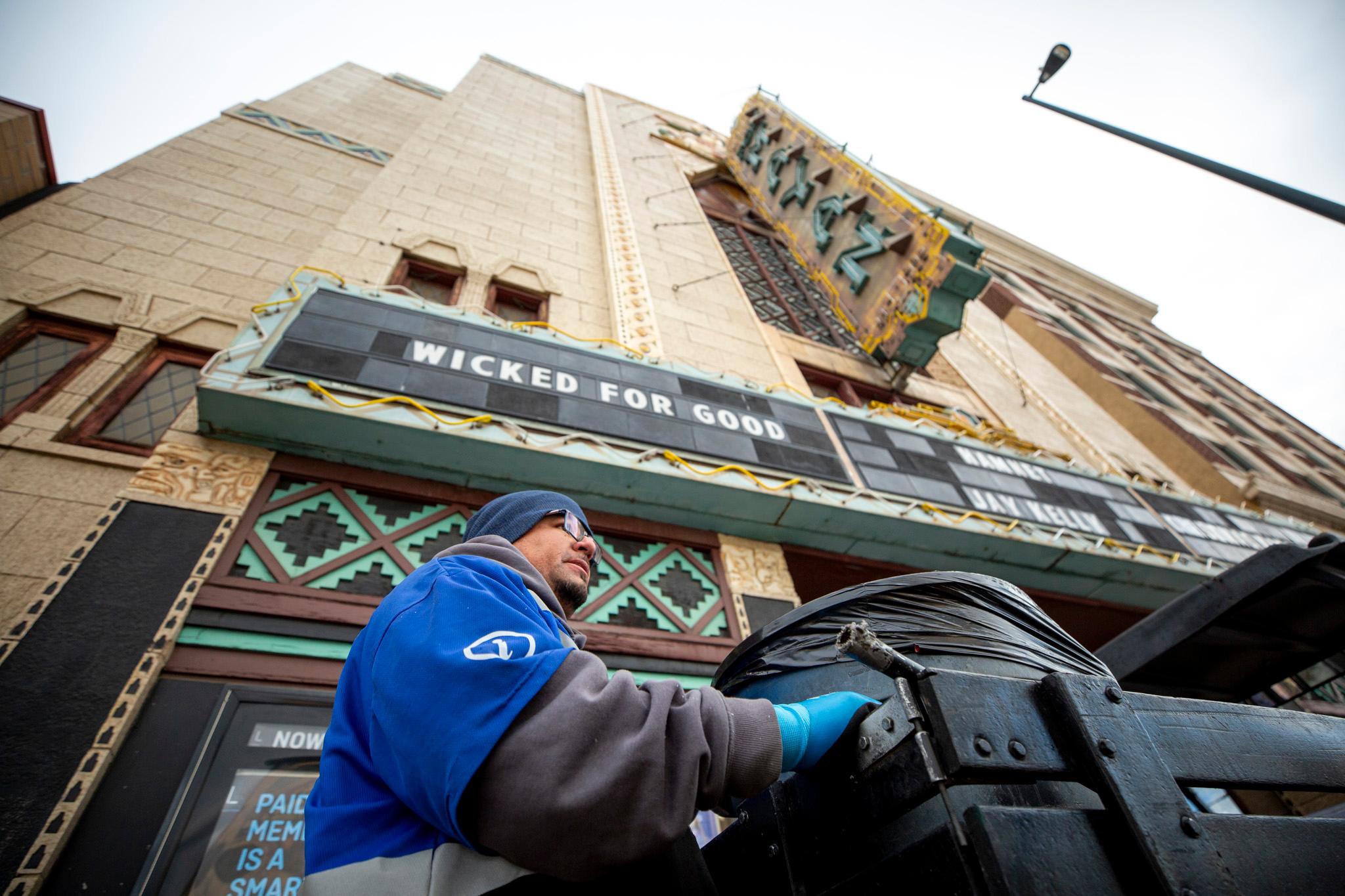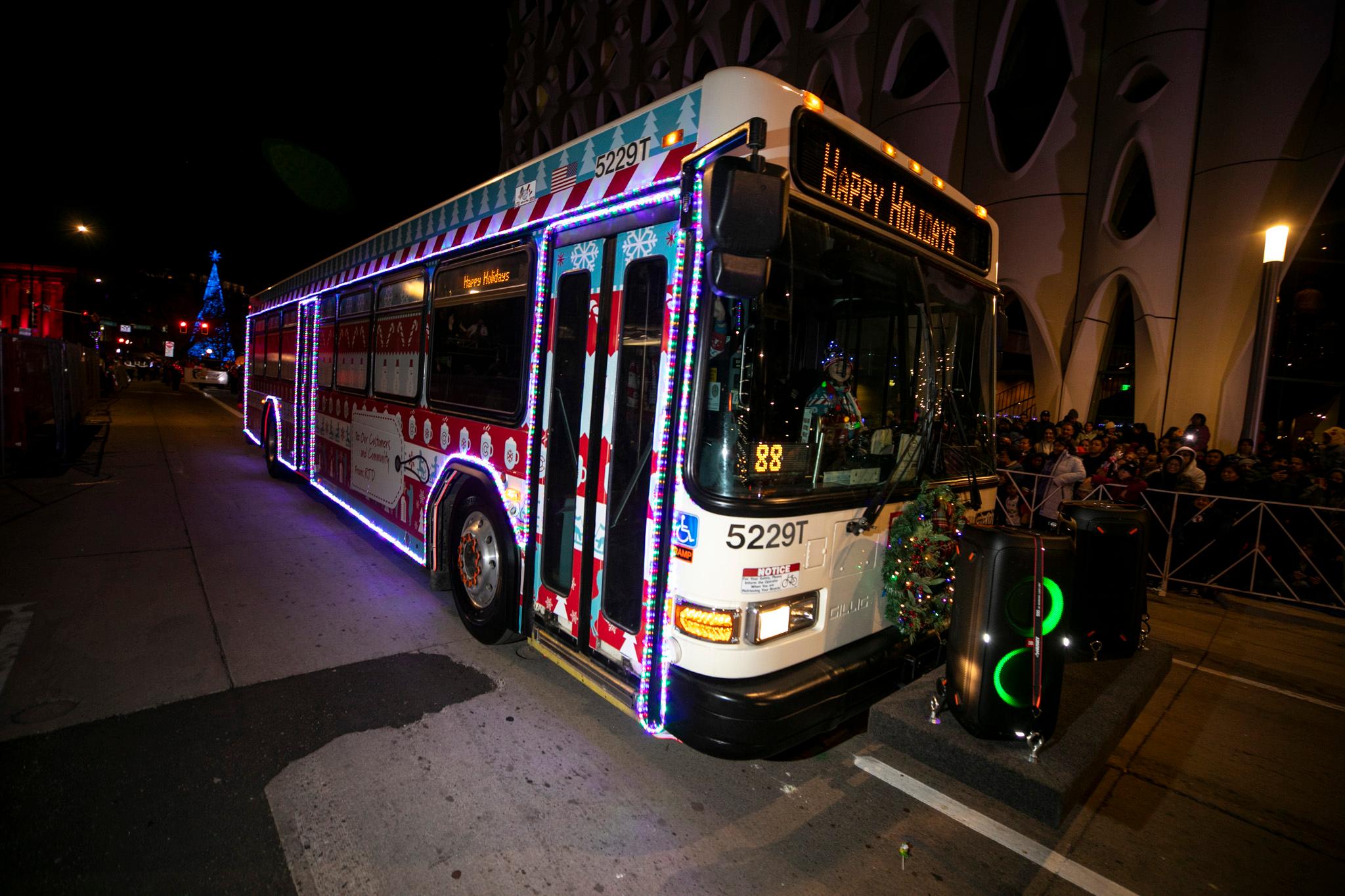Walking through City Park a few weeks ago, I was eyeing a cluster of Canada geese that were eyeing me, as you do, when I noticed an unusual presence. One of the geese was not Canadian at all.
There, milling amidst the honking hoard, was what looked to me like a storybook goose. A farmyard goose. It was a sort of grey-ish, brown-ish color with a white butt and bright orange beak and feet.
"What are you doing here?" I said aloud, dumbly, and walked away.
Some days later, I saw the Weird Goose again. It was in the same spot, standing around a grassy area between Ferril Lake and 17th Avenue. Two sightings was enough for me to become obsessed. What kind of goose is this? Where did it come from? Why is it hanging out with all these Canada geese? Are there others of its kind? Is it lonely? I hope it's not lonely.
Meanwhile, 2,000 miles away in my homeland, New York has fallen in love with an objectively more attractive bird -- a Mandarin duck that arrived mysteriously in Central Park in early October. It's a Hot Duck, and I'm in love with it too.
So these are the circumstances that led me to text my editor: "Denver's Hot Duck is a Weird Goose."
On a warm late November morning, I was in City Park again, this time with our photographer, Kevin. The Weird Goose wasn't where I'd seen it before, but after a half hour or so of traipsing through goose shit, eyes trained on flocks on and around the pond, movement to north caught my eye. There, waddling toward us, were two Weird Geese.

OK, so they're only weird in the context of the hundreds of Canada geese honking up the place, but stick with me here: This is bad science on a Friday afternoon. I began to ask around about the geese and I have some answers to report.
After a series of emails, phone calls and text messages -- many of which involved an exchange of goose photos and descriptions, and some of which were increasingly urgent -- it was determined that the Weird Geese are either greylag geese or greater white-fronted geese or (and this is my favored theory) greylag-swan goose hybrids.
"It's kind of hard to tell because I can't see them up close," said Scott Gilmore, wildlife biologist and deputy executive director of Denver Parks and Recreation. "I would guess they were greylags but I could see how someone would say they're the greater white-fronted geese. ... It could be either one."
This came after his initial ID, based on my written description only, of greylags and a contradictory ID from Karl Brummert, executive director of the Audubon Society of Greater Denver, to whom Kevin and I sent photos.
"Hmmm, actually, it might be a Greater White-fronted Goose. They do look very similar," Brummert wrote in an email. "I will double check with some of my birding experts. Where did you see those geese? There was one lone Greater White-fronted Goose in Littleton last year (right in my neighborhood!)."
He followed up later with a second opinion: "I have not heard back from the expert, but I asked one of our volunteers who is a great birder, and she and I did some comparing, and we are fairly sure it is a graylag goose. They are for the most part considered to be domesticated or feral."

My next and final call was to Garth Spellman, curator of ornithology for the Denver Museum of Nature and Science.
"I've seen the birds many times, maybe not exactly those individuals," he said. And it's true that we spotted them not far from the museum. "They're definitely not pure greater white-fronted, which would be a much smaller-bodied bird. Most likely what they are are greylag-swan goose hybrids."
Given the uncertainty among the other experts we consulted, I'm inclined to go with the hybrid theory. And to my untrained eye, it looks about right. Have a look for yourself:
Here are some images of greylag geese.
Here are some images of greater white-fronted geese.
And here are some images of greylag-swan goose hybrids.
What everyone agreed upon was that these geese are European and bred for domestication.
"Both greylags and swan geese were domesticated many hundreds, maybe even thousands of years ago in Europe," Spellman said. "They're very common domesticated geese. You can tell these are of the domesticated breeds and probably a hybrid because they're so big and bulky. They're obviously bred for food and not living in a wild setting."
Because of their size, he said, they don't fly very well, which means they "can't keep up" with the Canada geese in City Park, though they do hang out together sometimes. Greylag-Canada hybrids exist, but you're unlikely to find them in Denver because of steps wildlife managers take to regulate the goose population.
"They're both from Europe. They're both non-native," Gilmore said of the greylag and greater white-fronted geese. "Either one would have been released illegally. They shouldn't be released in the park, but they're there so we won't do anything. ... These were basically raised as pets on a farm and someone wasn't responsible enough."

This happens a lot. Gilmore said you can sometimes spot massive goldfish people have released into the parks' bodies of water. But geese and goldfish are far from the most reckless illegal animal releases Parks and Recreation have dealt with.
"We've had alligators in City Park, Caimans," he said. "People get some exotic animal because they think it's cool to have as a pet and then they realize it's not easy to take care of an animal like that."
This is the part where I say that, yes, obviously I am not the first person to notice the Weird Geese.
"You will see probably 1,000 checklists from birders in City Park that have the bird on their checklist," Spellman said, referencing ebird.org. "There are lots of birders out there that know about it. They stick out. They stick out like sore thumbs."
But I write this for everyone else. There are some Weird Geese in City Park you can look for next time you're there. They're no Hot Duck, but Denver is no Manhattan. It's its own thing, and it has Weird Geese.
One final quick note: As you might already know, there are cormorants nesting above that pond next to the zoo you can check out, too. Plus, Gilmore says he's seen wood ducks there. They're no Hot Duck either, but they're pretty pretty.
What's your Hot Duck?
If you've been obsessed with an unidentified Denver creature -- or if you're a little more chill and have a normal level of curiosity about wildlife -- let us know and we'll get on the case. You can send photographs and other pertinent information to [email protected] with the subject Denver Wildlife ID.
Know of an animal you've already identified and want to share? We'll take that, too.
Kevin J. Beaty contributed to this report.












